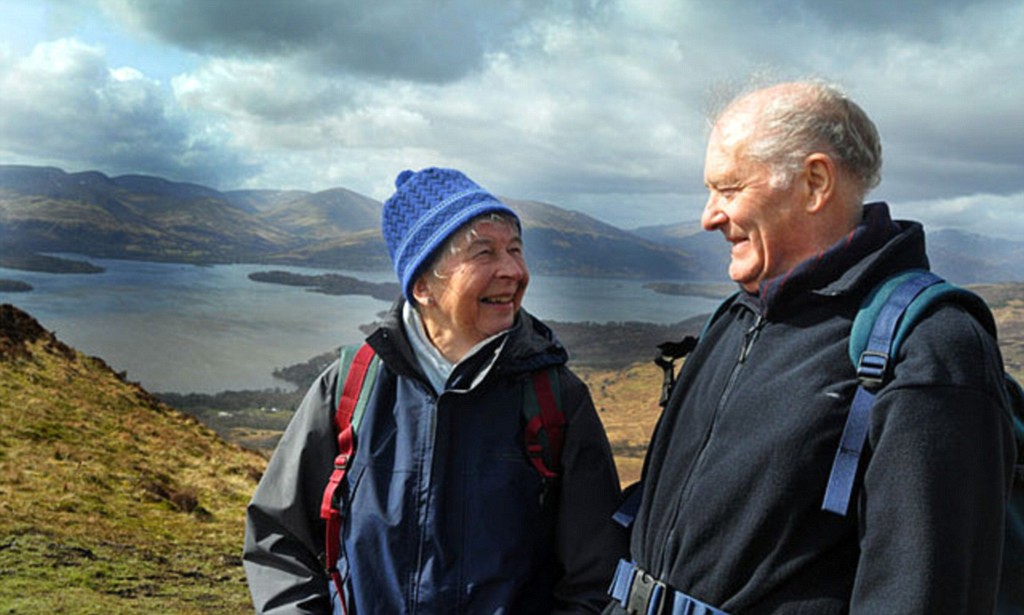Maintaining or boosting your physical activity after age 65 can improve your heart’s electrical well-being and lower your risk of heart attack, according to a study in the American Heart Association journal Circulation.
In heart monitor recordings taken over five years, researchers found that people who walked more and faster and had more physically active leisure time had fewer irregular heart rhythms and greater heart rate variability than those who were less active.
Heart rate variability is differences in the time between one heartbeat and the next during everyday life.
“These small differences are influenced by the health of the heart and the nervous system that regulates the heart,” said Luisa Soares-Miranda, Ph.D., lead author of the study and a researcher at the Harvard School of Public Health in Boston and the Faculty of Sport at the University of Porto in Portugal. “Early abnormalities in this system are picked up by changes in heart rate variability, and these changes predict the risk of future heart attacks and death.”
The researchers evaluated 24-hour heart monitor recordings of 985 adults (average age 71 at baseline) participating in the community-based Cardiovascular Health Study, a large study of heart disease risk factors in people 65 and older.
During the study, they found:
The more physical activity people engaged in, the better their heart rate variability.
Participants who increased their walking distance or pace during the five years had better heart rate variability than those who reduced how much or how fast they walked.
“Any physical activity is better than none, but maintaining or increasing your activity has added heart benefits as you age,” Soares-Miranda said. “Our results also suggest that these certain beneficial changes that occur may be reduced when physical activity is reduced.”
The researchers calculated that the difference between the highest and lowest levels of physical activity would translate into an estimated 11 percent lower risk of heart attack or sudden cardiac death.
“So if you feel comfortable with your usual physical activity, do not slow down as you get older — try to walk an extra block or walk at a faster pace,” Soares-Miranda said. “If you’re not physically active, it is never too late to start.”
Co-authors are Jacob Sattelmair, Ph.D.; Paulo Chaves, M.D., Ph.D.; Glen Duncan, Ph.D.; David S. Siscovick, M.D., M.P.H.; Phyllis K. Stein, Ph.D.; and Dariush Mozaffarian, M.D., Dr.P.H. Author disclosures are on the manuscript.
The National Heart, Lung, and Blood Institute, National Institute of Neurological Disorders and Stroke and National Institute on Aging funded the research.
Source: News room


